Countries and blocs that have bought the most COVID-19 vaccine (copy)
Tracking the biggest coronavirus vaccine orders around the world
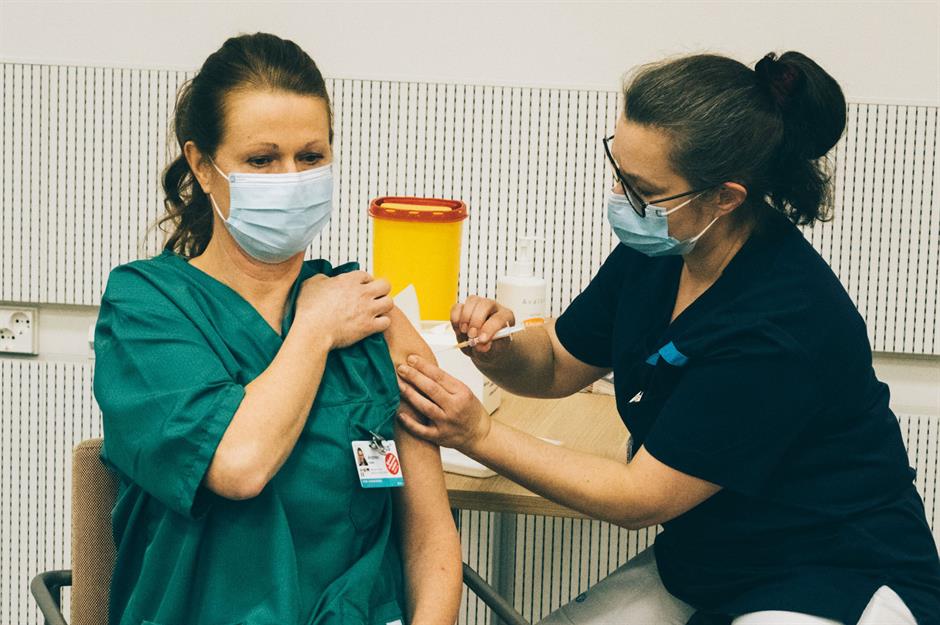
Now that several COVID-19 vaccines have been approved, and with almost 200 vaccines still in development, the race is on to immunise the world against coronavirus and get back life to normal. Unsurprisingly, the largest and most ambitious inoculation programme in history is proving to be a monumental challenge. Supply and logistical issues are plaguing the rollout, while some richer countries have been accused of hoarding vaccines to the detriment of lower income nations. Click or scroll through the countries and groups of nations that have secured the most vaccine doses based on data collated by Duke University's Global Health Innovation Center for its Launch & Scale Speedometer, which tracks coronavirus vaccine orders around the globe.
New Zealand: 21.8 million doses
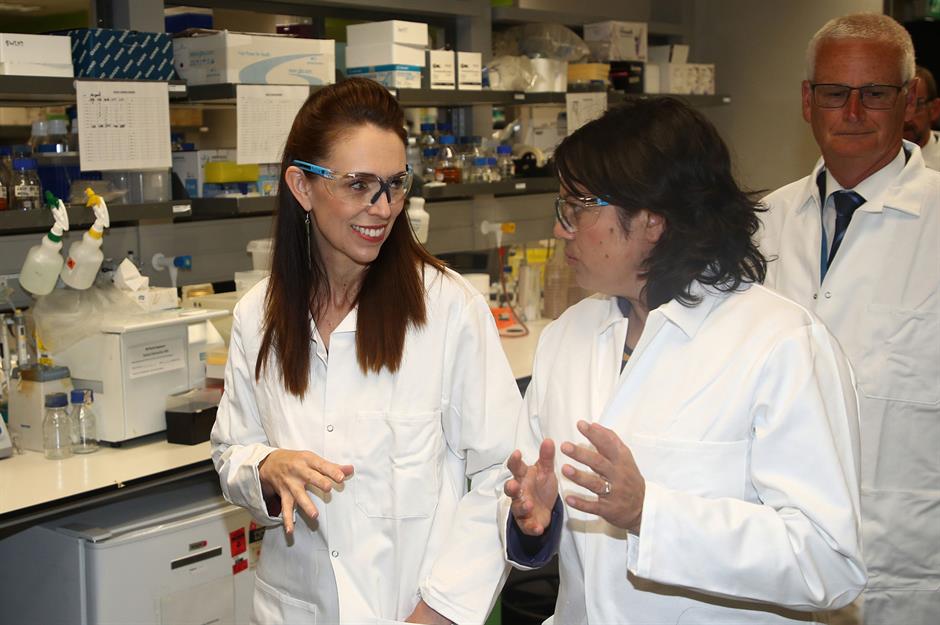
The New Zealand government is spending billions of dollars on its COVID-19 vaccination programme, having ordered 21.8 million doses (though some sources put the total at 24.82 million), enough to immunise the entire population two-and-a-half times over. The biggest single order is for 10.72 million doses of Novavax's vaccine. Given the country has escaped the worst of the pandemic, there's not such a pressing need to roll out the programme, which won't launch until the second quarter of the year. However, Prime Minister Jacinda Ardern (pictured) has announced that she won't open the New Zealand border to foreigners until the country's citizens are vaccinated and protected.
Nepal: 25 million doses
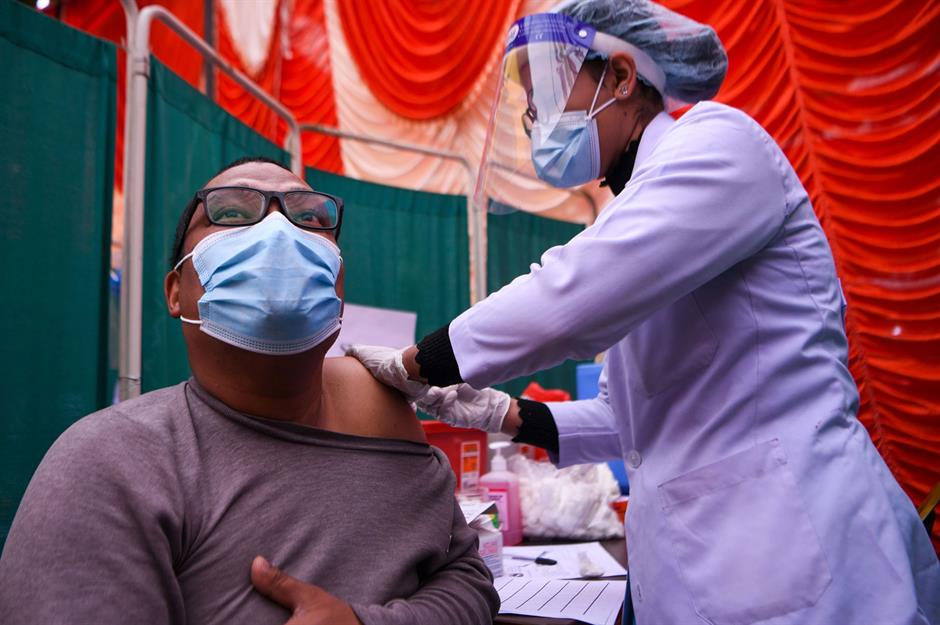
Thailand: 28 million doses
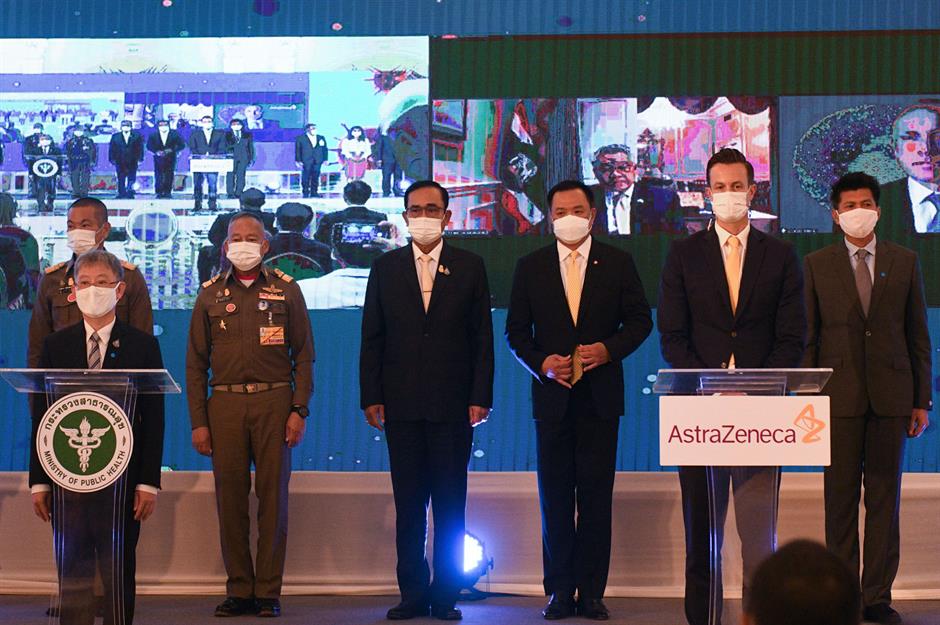
Thailand has secured 26 million doses of the Oxford-AstraZeneca COVID-19 vaccine and two million doses of China's Sinovac jab, but is actually in line to receive 63 million doses in total, mostly from China, after Prime Minister Prayut Chan-o-cha approved the purchase of another 35 million vaccines. The government has put aside billions of dollars and hopes to vaccinate 70% of the population by next year, but has been slow to implement the mass immunisation programme, which won't begin until 14 February, due mainly to supply issues.
Colombia: 29 million doses
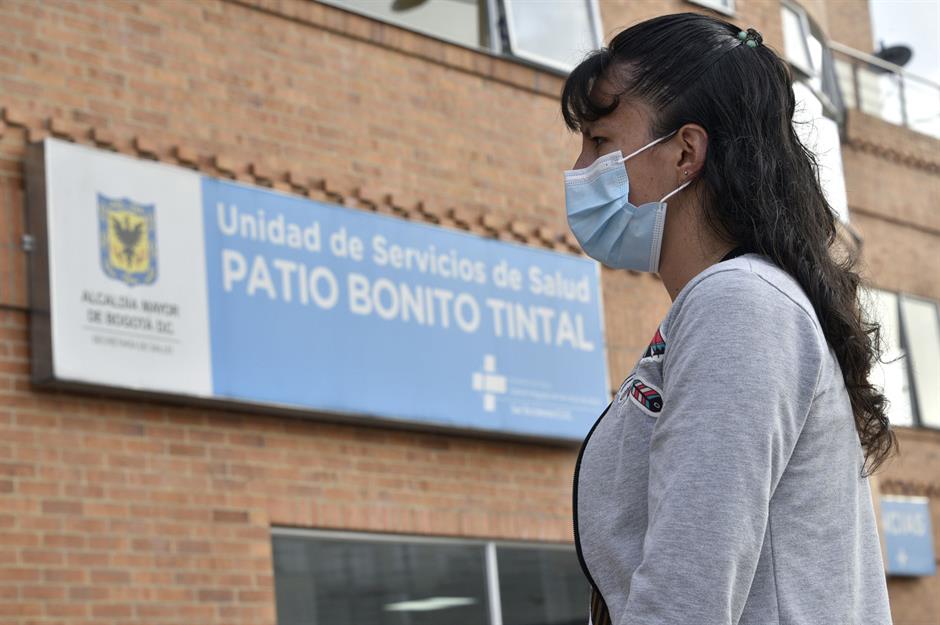
Like many other low- and middle-income nations, Colombia doesn't have enough COVID-19 vaccine on order at present to achieve herd immunity but the government aims to get there by spending hundreds of millions of dollars, with the aim of vaccinating 34 million people by the end of 2021. Right now, it has ordered 29 million doses of vaccine: 10 million doses each of the Pfizer-BioNTech and Oxford-AstraZeneca vaccines, along with 9 million doses of Johnson & Johnson's upcoming jab have been reserved. Around 1.7 million doses of the Pfizer-BioNTech vaccine are expected to reach the country sometime in February, when the vaccination programme will begin.
Bangladesh: 33 million doses
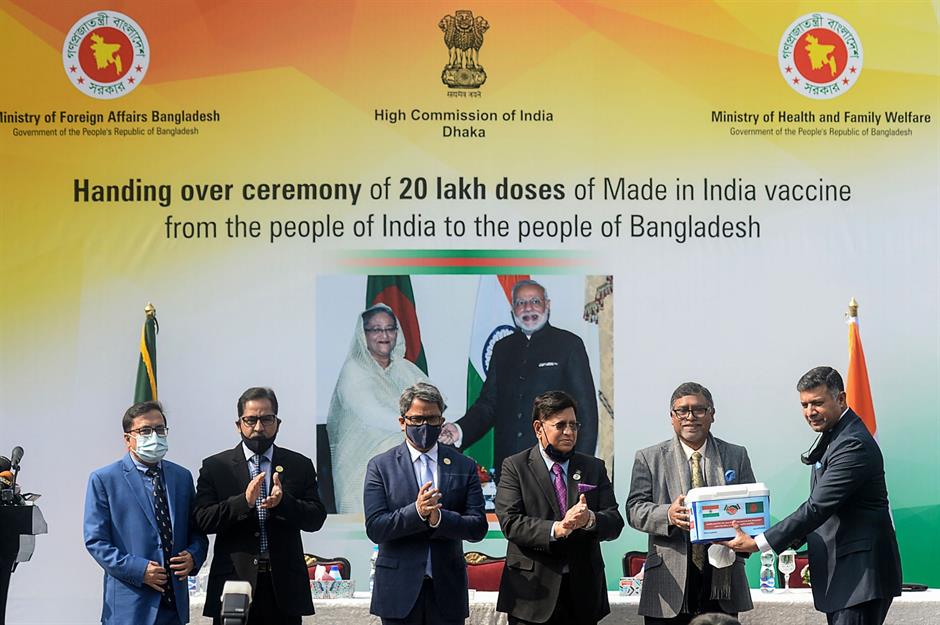
Bangladesh has only managed to order 33 million doses of the Oxford-AstraZeneca vaccine at $4 (£2.90) a dose, enough to immunise just 10% of its population. However, the South Asian country has been gifted two million doses from India and is getting 60 million doses as part of the World Health Organization-led COVAX facility, a global initiative to make low-cost vaccines available to countries, primarily poorer ones. Bangladesh is also developing a vaccine of its own called Bongavax. The nationwide vaccination programme is scheduled to begin on 8 February.
Uzbekistan: 35 million doses
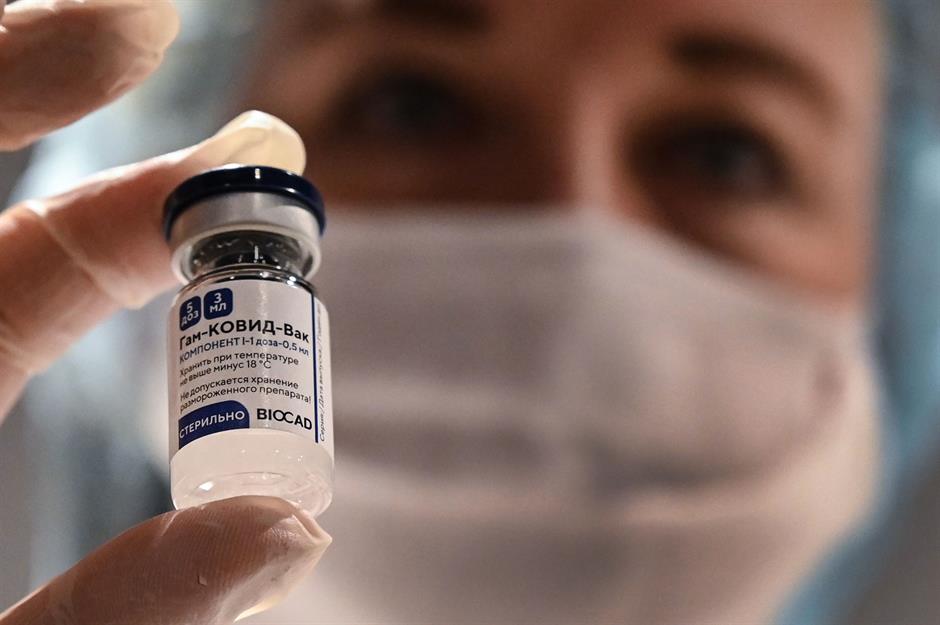
Uzbekistan has pinned its hopes on Russia's Sputnik V vaccine, having ordered 35 million doses back in September at a cost of up to $350 million (£255m), but the manufacturers of the drug have struggled to meet the order. As a result the Ukrainian government has been looking at other options, including a request for two million vaccine doses from COVAX and fast-tracking the approval of a vaccine by China's Anhui Zhifei Longcom Biopharmaceutical.
Taiwan: 40 million doses
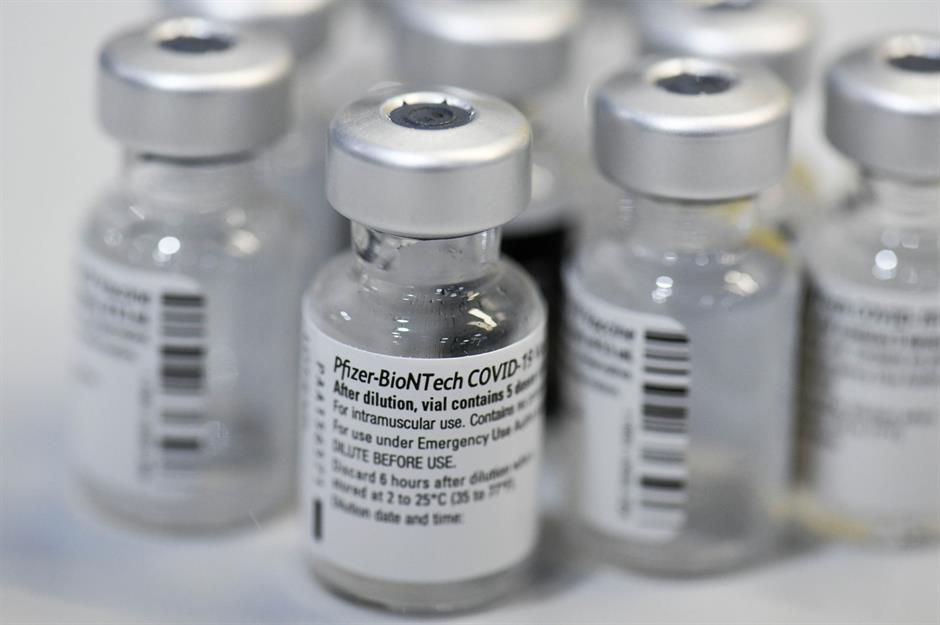
Applauded for its success containing the virus so quickly, the Taiwanese government has been ever diligent, ordering 30 million doses of the Pfizer-BioNTech vaccine and 10 million doses of Oxford-AstraZeneca's jab at an estimated cost of $640 million (£466m), based on wholesale prices, which should be sufficient to achieve herd immunity. But the rollout isn't expected to begin until March at the earliest as, similar to New Zealand, the need to immunise vast numbers of people in the country isn't so urgent.
Malaysia: 45.4 million doses
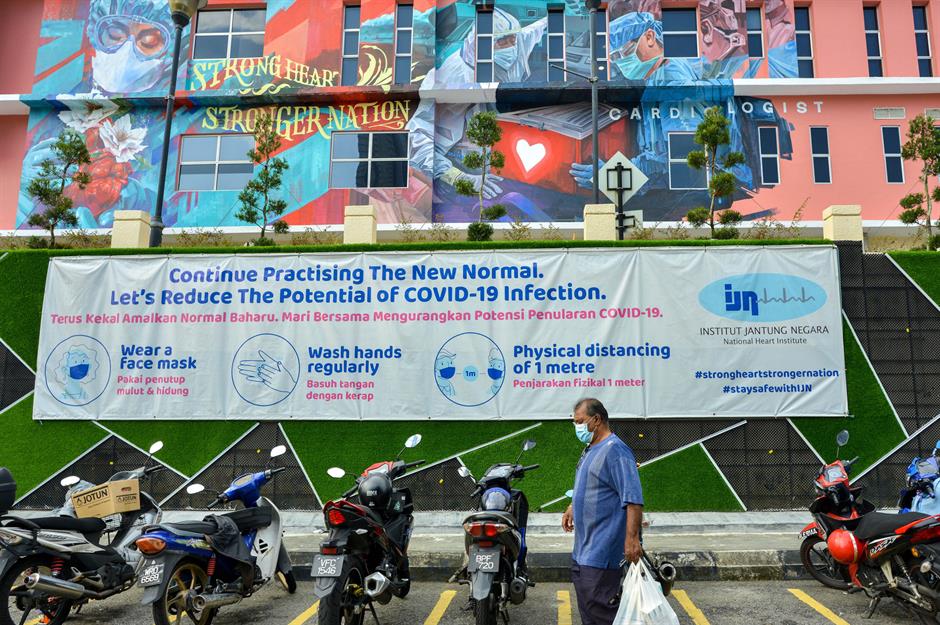
Argentina: 47 million doses
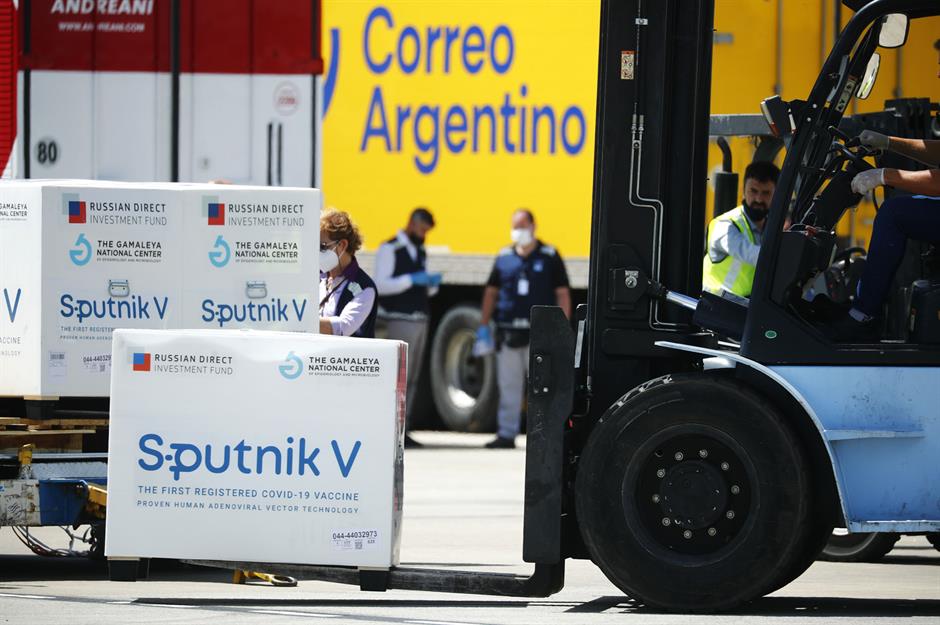
The vaccine rollout has already begun in Argentina, where the first shots of Russia's Sputnik V were administered in late December. The Argentinian government has ordered 25 million doses of the Sputnik V vaccine in total, and secured 22 million doses of Oxford-AstraZeneca's vaccine. With Sputnik V costing $10 (£7.28) a dose and OxfordAstraZeneca's priced at $4 (£2.90), the bill for all 47 million doses is likely to cost an estimated $338 million (£246m).
Peru: 52 million doses
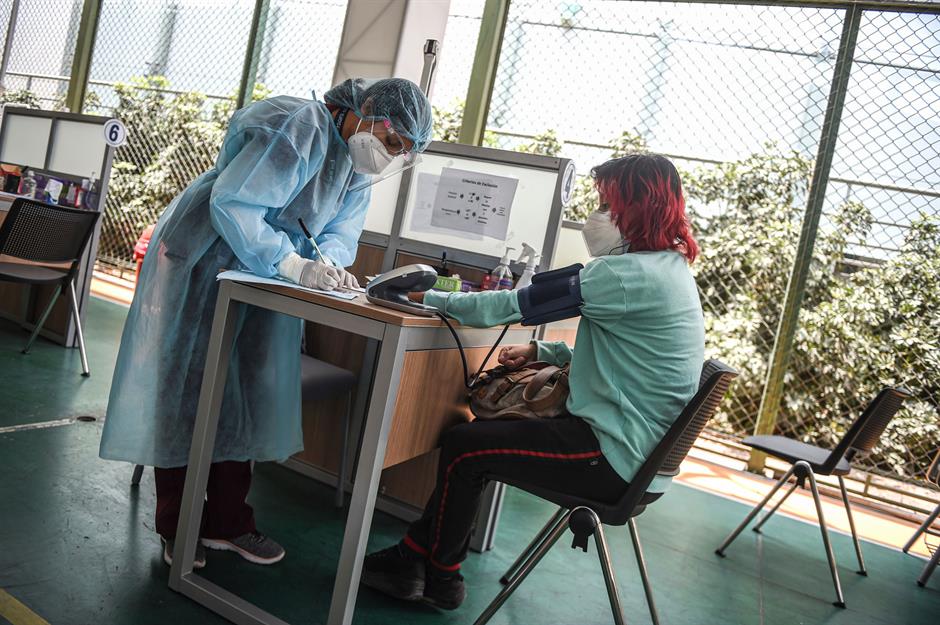
The Peruvian government has settled on two vaccines that only require regular refrigeration rather than storage at ultra-low temperatures: China's Sinopharm and the Oxford-AstraZeneca jab. These vaccines are favoured by less affluent countries that lack the infrastructure to store and transport the alternatives. The first doses of the Sinopharm vaccine have arrived with health workers at the front of the queue, but supplies of the Oxford-AstraZeneca vaccine aren't due for delivery until September, although the government is looking to bring its delivery forward.
Turkey: 54.5 million doses
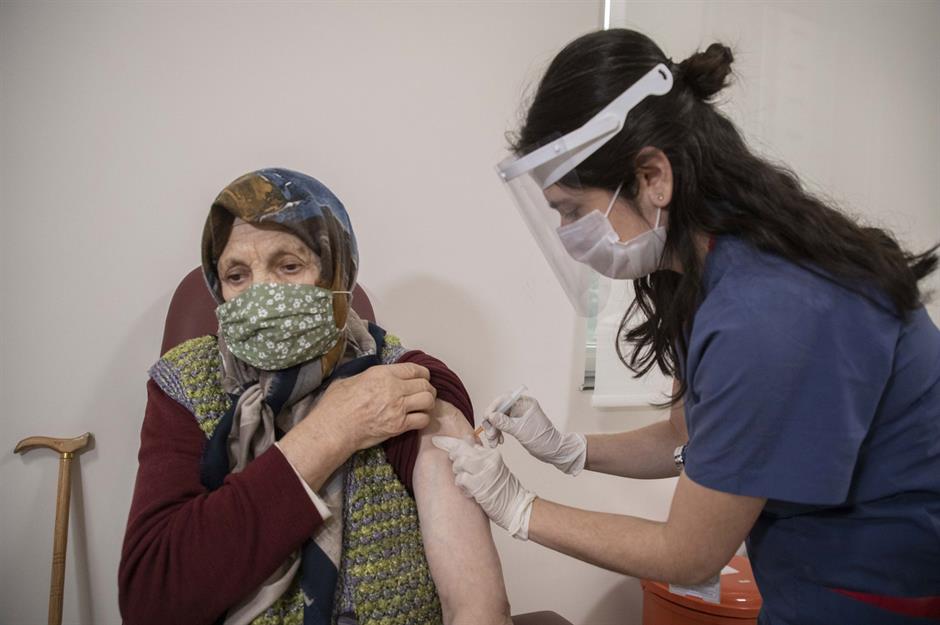
The Turkish government has made a deal to purchase 50 million doses of the CoronaVac vaccine developed by Chinese pharmaceutical firm Sinovac, and started rolling out a mass immunisation programme in mid-January. The authorities have also secured 4.5 million doses of the Pfizer-BioNTech vaccine with an option for 30 million additional doses, but they are still engaged in procurement negotiations.
Egypt: 55 million doses
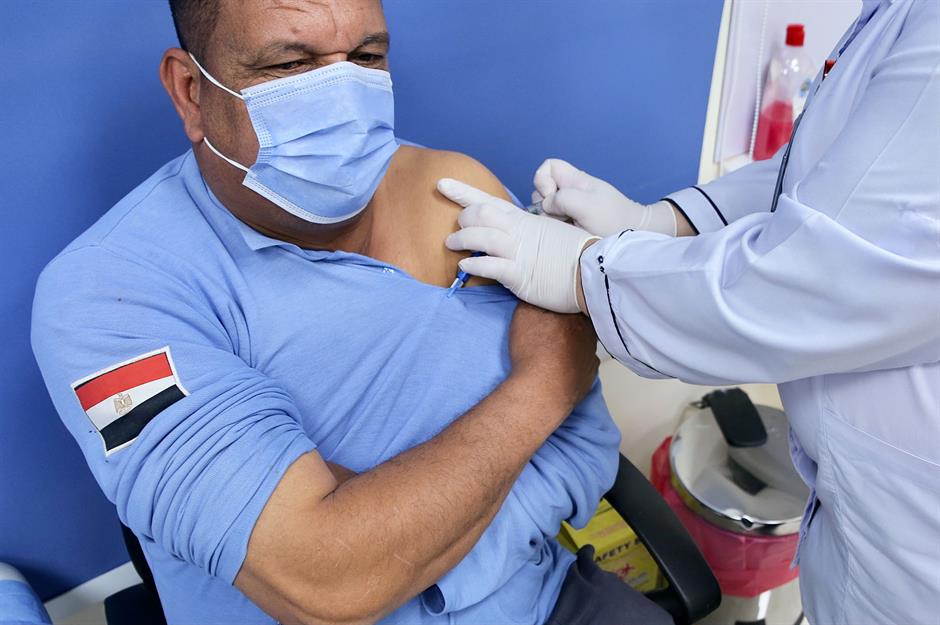
Likewise, Egypt has already initiated its vaccination programme. So far the country's government has ordered 25 million doses of vaccine from China's Sinopharm, the first batch of which has already arrived, and 30 million doses of the Oxford-AstraZeneca jab. Bar healthcare workers, Egyptians with the means to afford the vaccine will be expected to pay up to $13 (£9.50) to get immunised, unlike citizens of many other countries, who will be offered the jab for free.
South Korea: 66 million doses
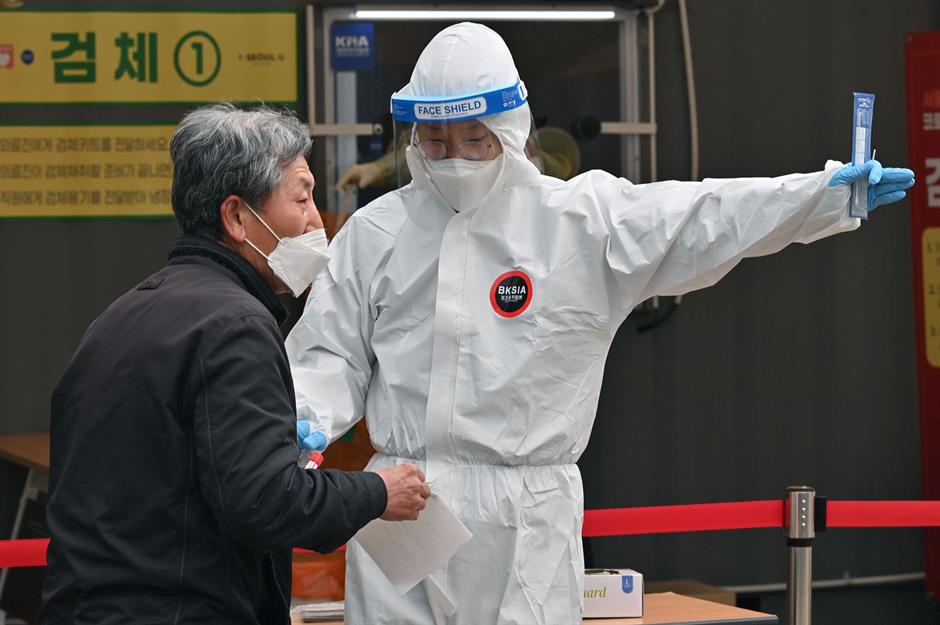
The South Korean government is starting its big immunisation drive in February and expects to have enough vaccine to inoculate the entire population. Rather than putting its eggs in one basket, the powers that be have placed orders for a variety of vaccines, including 20 million doses each of the Moderna, Pfizer-BioNTech and Oxford-AstraZeneca shots, which together have a wholesale price of up to $1.28 billion (£932m).
Philippines: 72 million doses
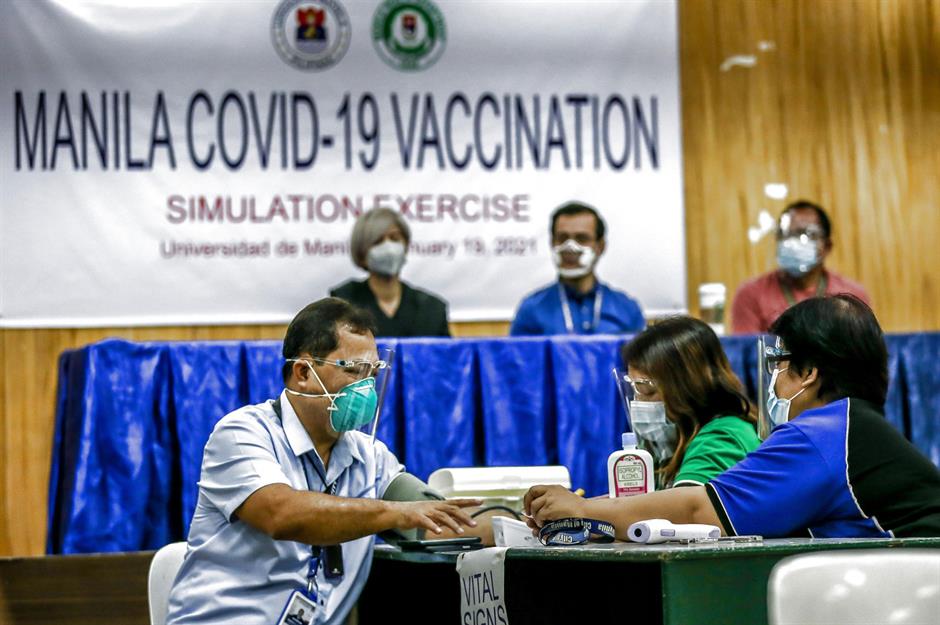
Vietnam: 80 million doses
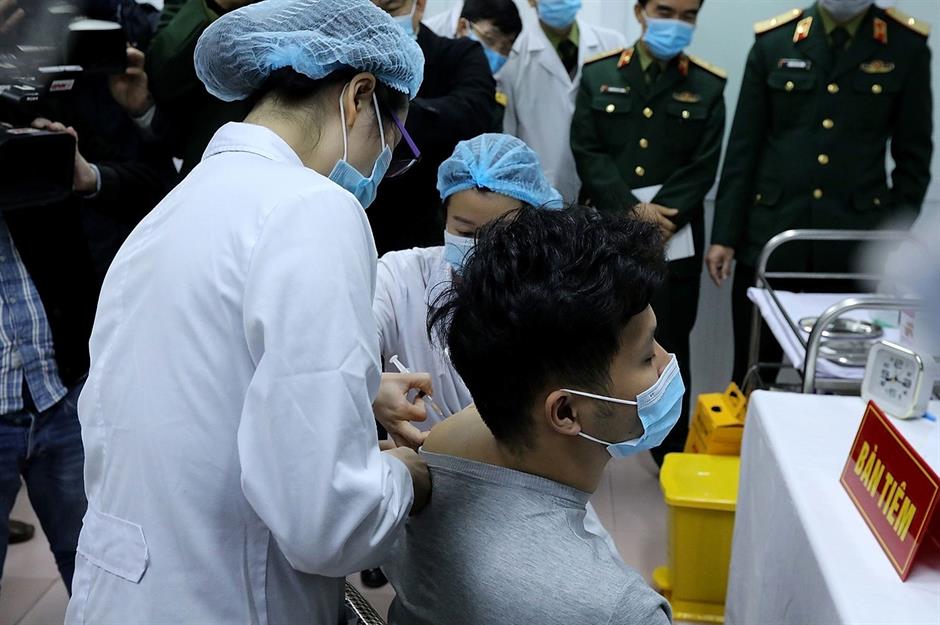
Vietnam's very own Nanocovax vaccine has entered human clinical trials, but is still some way off from gaining approval. In the meantime, the country's government has put its faith in Sputnik V and the Oxford-AstraZeneca vaccine, of which it has reserved 50 million and 30 million doses respectively. At full price, these orders are worth a total of $620 million (£451m).
Chile: 88.4 million doses
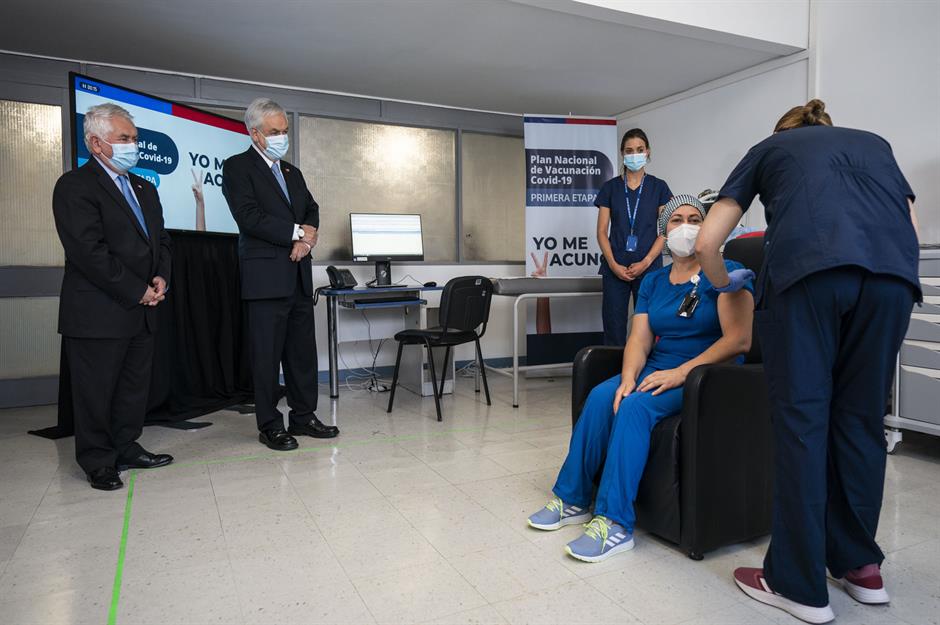
The COVID-19 vaccination programme has launched in Chile with Pfizer-BioNTech's shot the first to gain approval, followed by the Sinovac jab. The country's government, which has also placed orders for the Oxford-AstraZeneca and Johnson & Johnson vaccines, is spending hundreds of millions of dollars on the programme and has obtained more than enough supplies to immunise every single one of its citizens.
China: at least 100 million doses
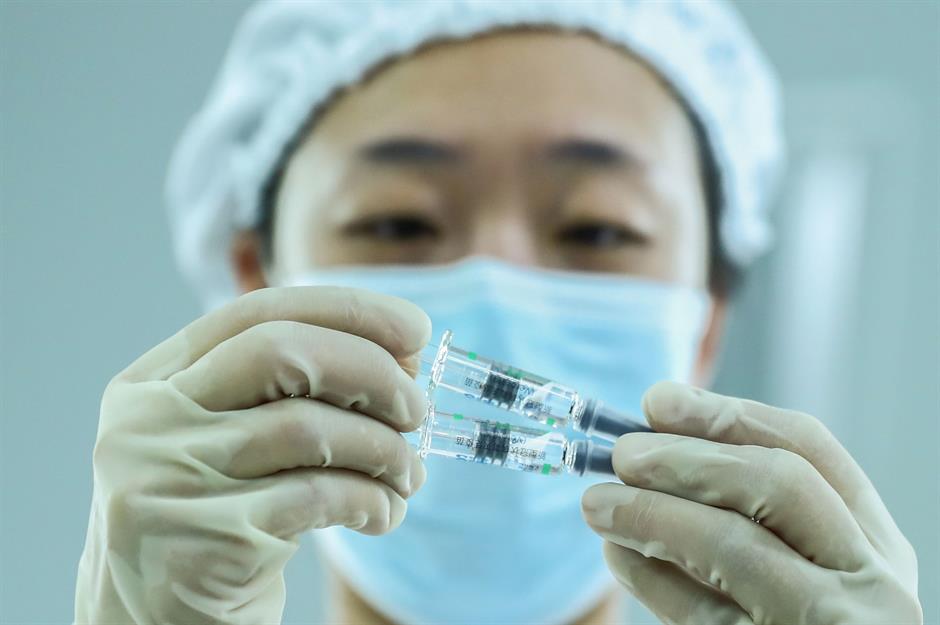
The Chinese government hasn't revealed the number of doses it has ordered of the country's homegrown vaccines, meaning its overall figure is likely to be much higher, but we do know that the nation's authorities have procured 100 million doses of the Pfizer-BioNTech vaccine to bolster domestic supplies, and have paid $300 million (£218m) for the first 50 million doses.
Australia: 114.8 million doses
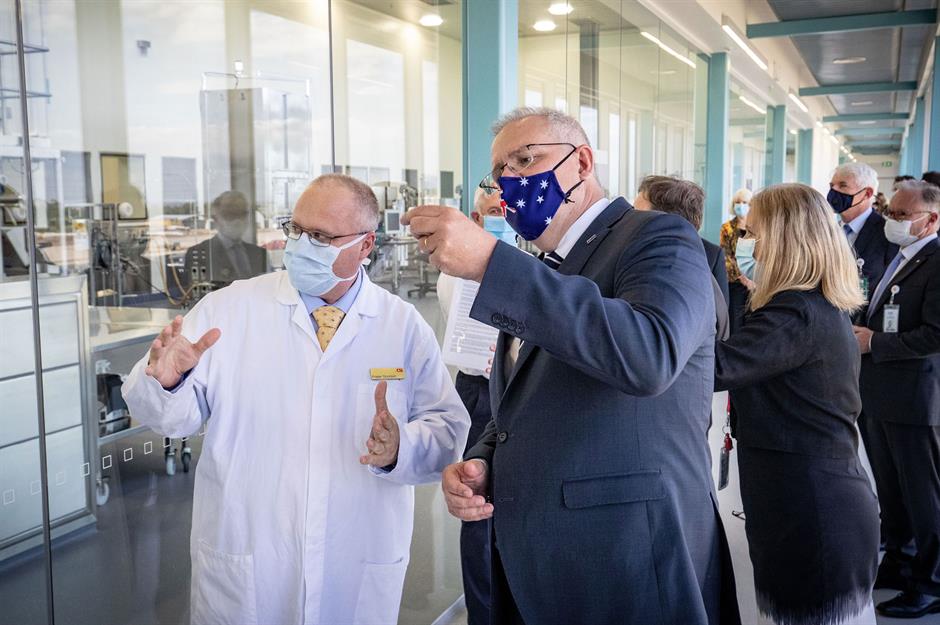
Australia, which is set to begin its five-phase vaccination programme in late February, has earmarked AU$3.3 billion ($2.5bn/£1.8bn) to spend on vaccines and has already secured 114.8 million doses, enough to immunise the entire population twice over. The largest of the orders is for 53.8 million doses of the Oxford-AstraZeneca shot.
India: 116.5 million doses
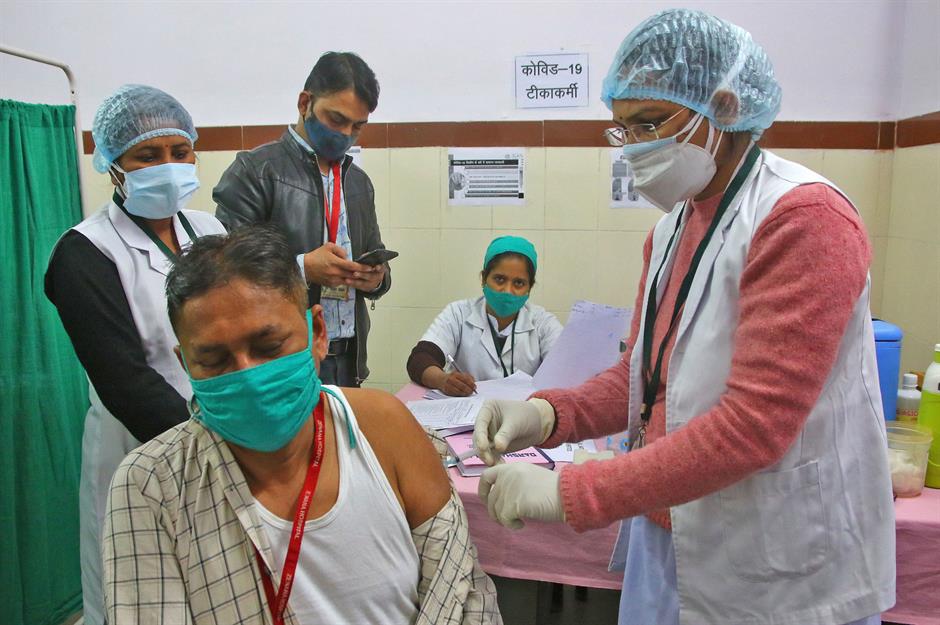
The Indian government launched the biggest immunisation drive on the planet in mid-January and as the world's leading vaccine manufacturer will actually produce most of the COVID-19 vaccine supplies it uses. So far, India has ordered 116.5 million doses, including 11 million doses of the Oxford-AstraZeneca vaccine, which controversially it bought for the knockdown price of $2.72 (£2) per dose – neighbouring Bangladesh on the other hand has ended up paying $4 (£2.90) a pop and South Africa is having to spend $5.25 (£3.83).
Mexico: 143.8 million doses
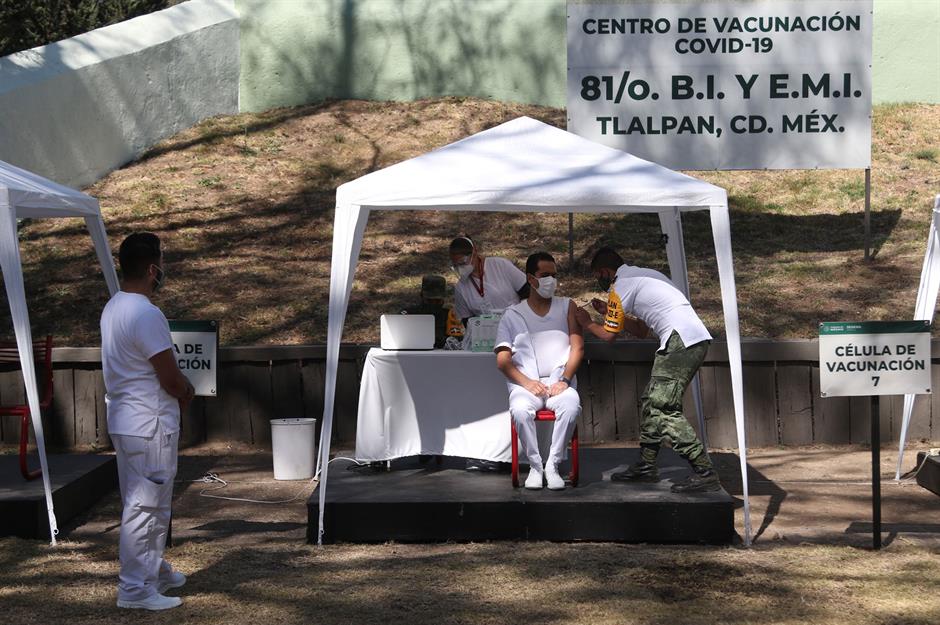
Latin America: 150 million doses
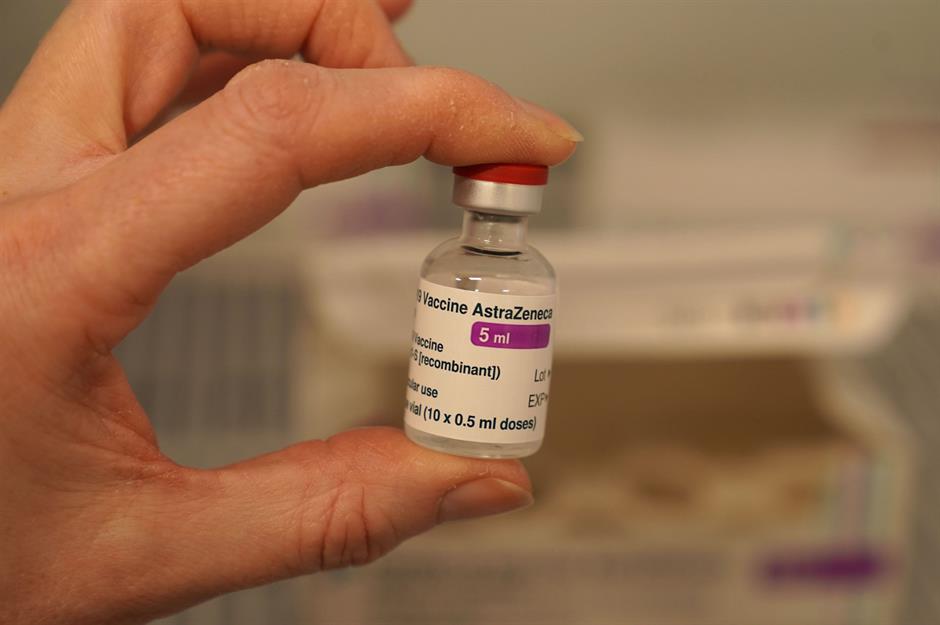
The Launch & Scale Speedometer tracks COVID-19 orders made by blocs of countries in addition to those arranged by individual nations, and includes an agreement between Mexican billionaire Carlos Slim Helú's non-profit foundation and AstraZeneca to supply 150 million vaccine doses to Latin American countries, with the exception of Brazil.
Indonesia: 190.5 million doses
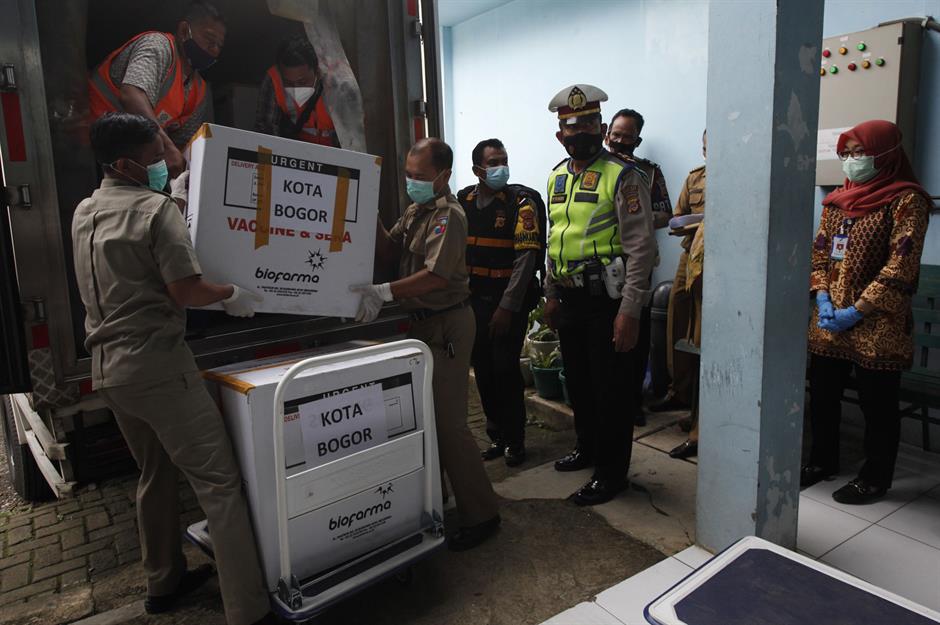
Brazil: 252 million doses
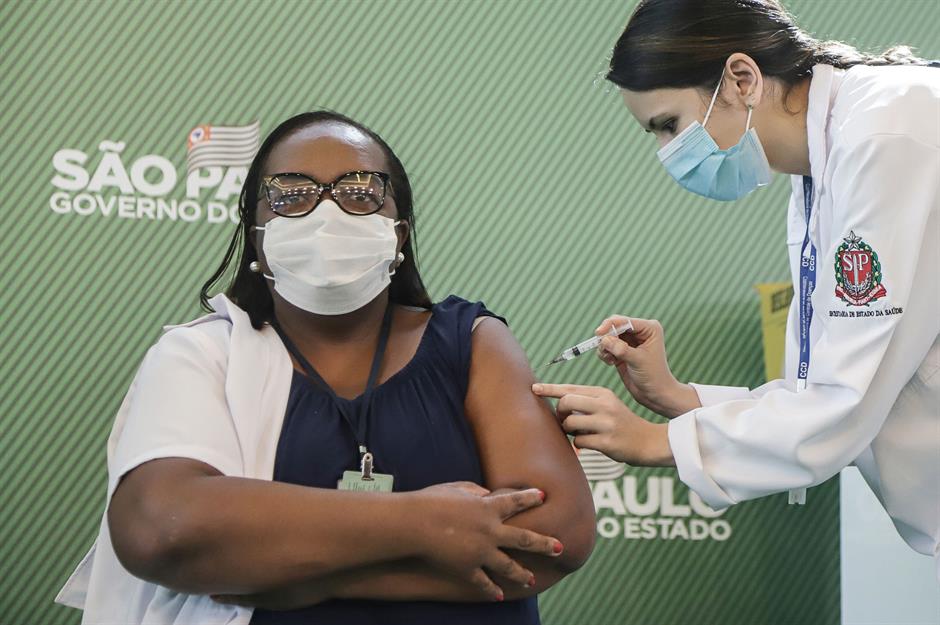
African Union: 270 million doses
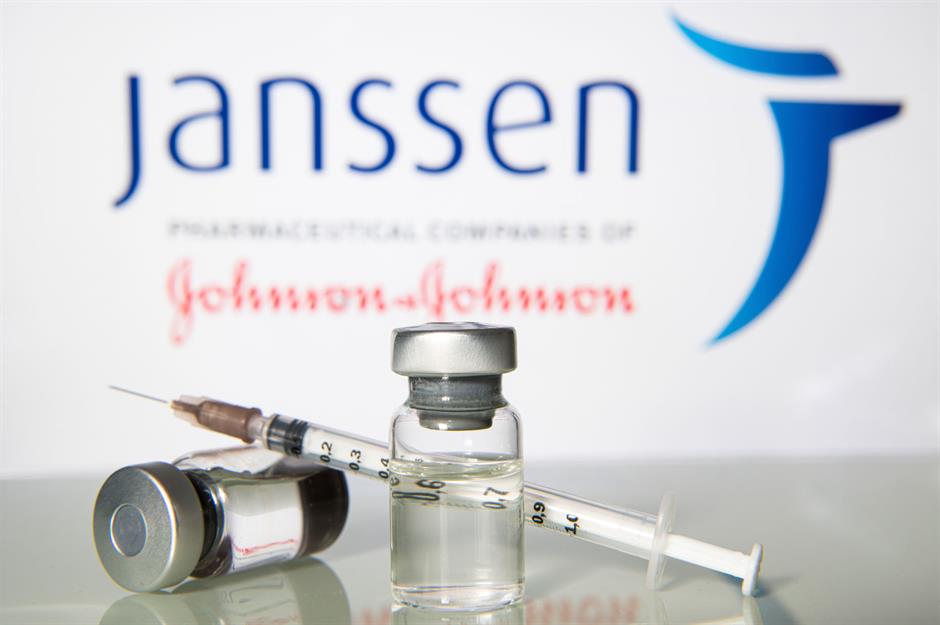
The African Union is working hard to ensure its 55 member states aren't deprived of vaccines, though many nations in the bloc will struggle to immunise enough people to reach herd immunity without outside help. The organisation has arranged payment guarantees of up to $2 billion (£1.5bn) to garner 270 million doses, including an order for 120 million doses of Johnson & Johnson's upcoming vaccine, 100 million doses of the Oxford-AstraZeneca vaccine, and 50 million of the Pfizer-BioNTech shot.
Japan: 290 million doses
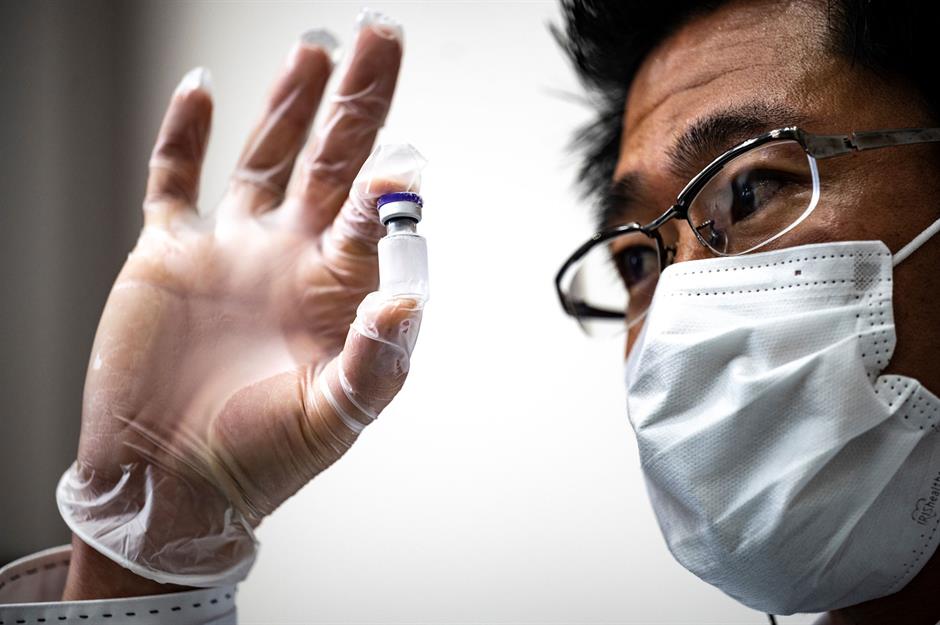
Japan is expecting to start its nationwide vaccination rollout in late February, with the nation's government having put aside billions of dollars to pay for the 290 million doses of coronavirus vaccines it has ordered, which more than cover the entire population. This comprises of 120 million doses each of the Oxford-AstraZeneca and Pfizer-BioNTech vaccines and 50 million doses of Moderna's.
Canada: 362 million doses
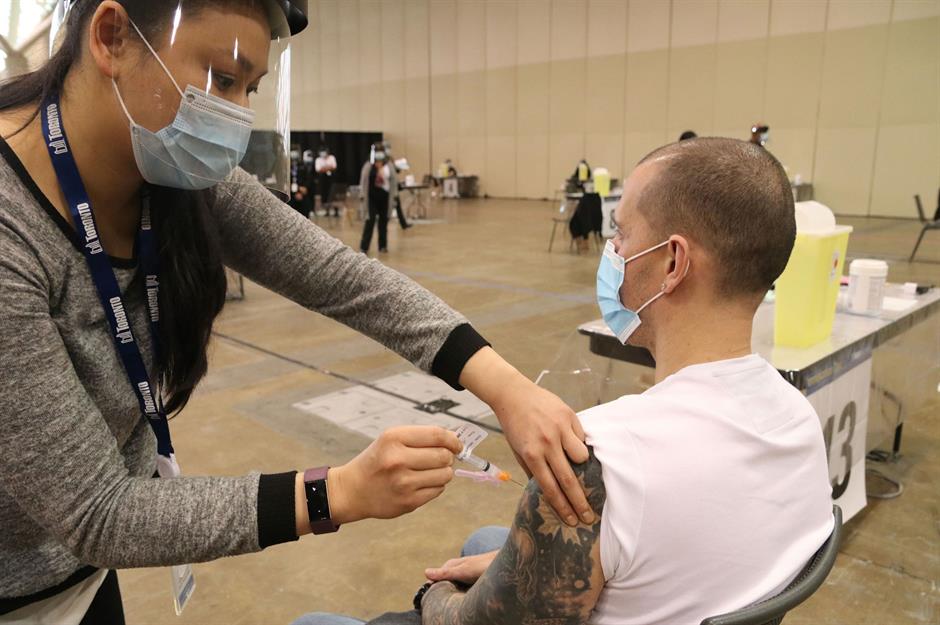
Canada has procured more vaccine doses per head than any other country in the world, enough in fact to immunise the country's population of 38 million multiple times over. The country began administering the Pfizer-BioNTech vaccine on 14 December, but is currently dealing with delivery delays. In total, the government has snapped up 40 million doses of both the Pfizer-BioNTech and Moderna vaccines, along with 76 million shots of both the Novavax and Medicago vaccines, 72 million shots of the Sanofi-GSK vaccine, 38 million of the Johnson & Johnson vaccine, and 20 million orders of the Oxford-AstraZeneca, at a cost of billions of dollars.
UK: 367 million doses

The first country in the world to roll out a COVID-19 vaccination programme – pictured is Margaret Keenan, the first person to receive a vaccine – the UK has won plaudits for its immunisation programme with 6.2 million first doses of vaccine administered as of 26 January, with a further 444,011 having received a second dose. The UK's National Audit Office estimates the government will spend up to $16 billion (£11.7bn) on coronavirus vaccines, with 367 million doses on order, including 100 million doses of the AstraZeneca jab, which is sufficient to vaccinate everyone in the country three times over.
COVAX: 1.11 billion doses
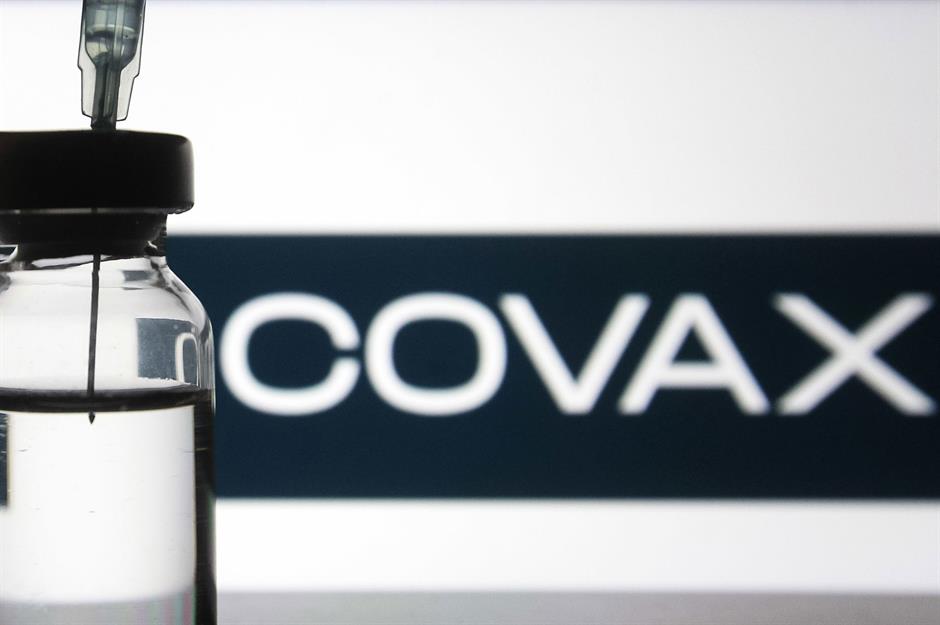
As mentioned, the COVAX facility is an initiative spearheaded by the World Health Organization, which was set up to provide low-cost COVID-19 vaccines to countries, particularly lower income ones, to ensure equal access for all. Working with manufacturers including AstraZeneca, the global collaboration, which involves two-thirds of all countries, has secured 1.11 billion doses for distribution worldwide so far. However, COVAX has an aim of securing two billion doses by the end of 2021 to end the acute phase of the pandemic.
USA: 1.21 billion doses
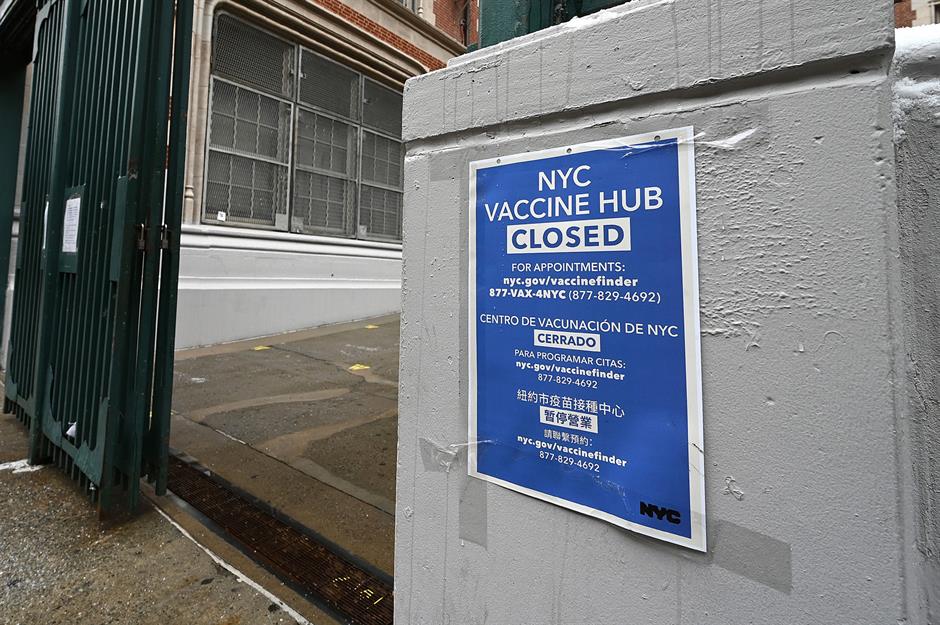
The soon-to-be-renamed Operation Warp Speed – the vaccine initiative set up by the Trump administration – has spent around $12.4 billion (£9bn) supporting vaccine development and has acquired 1.21 billion coronavirus vaccine doses, enough to immunise the population of America twice over. However, the rollout under the last administration has been described as “chaotic” and “limited” by a White House insider. New President Joe Biden has made the promise of 100 million vaccines in his first 100 days of office.
EU: 1.585 billion doses
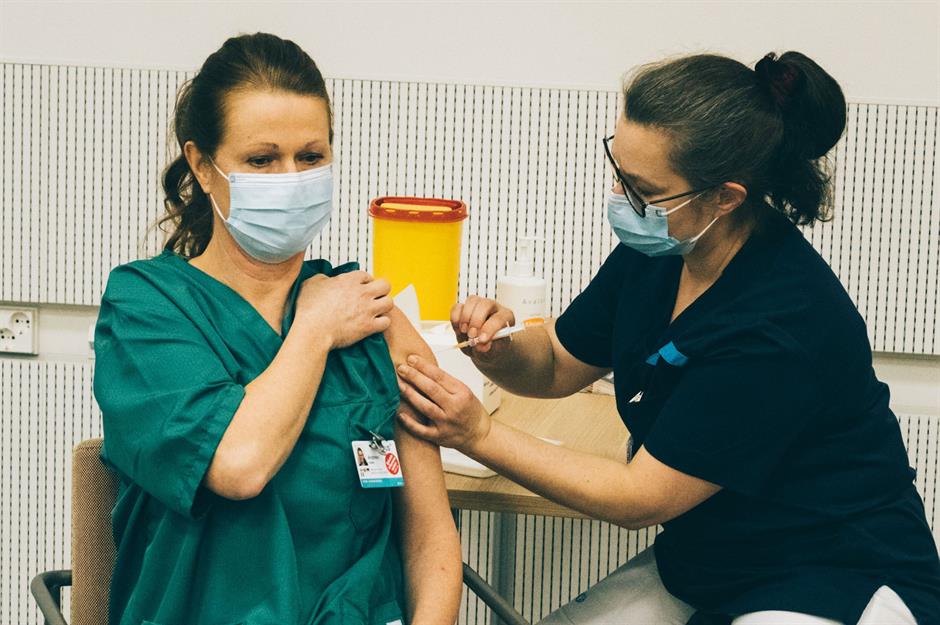
The rollout of the EU's vaccination programme hasn't gone so smoothly either so far. The bloc has parted with tens of billions to secure 1.585 billion doses, more than any other entity in the world. However, it has become embroiled in an argument with AstraZeneca over shortages, after the manufacturer announced it was only able to deliver 31 doses by the end of March rather than the 80 million doses expected by that date. AstraZeneca blames the situation on production issues in factories in Europe, but the EU is now pushing for access to vaccines produced in UK factories. As well as the 500 million doses it has on order from AstraZeneca, the EU has cut colossal deals with Pfizer, Johnson & Johnson, Sanofi-GSK, Moderna, Novavax, CureVac and Valneva.
Now read about the industries set to boom after coronavirus
Comments
Do you want to comment on this article? You need to be signed in for this feature